
Tinside Lido in Plymouth
The 1920s and 1930s heralded a wave of enthusiasm for swimming and a golden age of outdoor pools being built all over the UK.
These publicly accessible and affordable community assets were known as lidos – borrowing the Italian word for beach or shore. Mostly open during the warmer months, they were popular places for families to spend time together or for serious swimmers to do their daily lengths of the pool.
During this peak, the UK had 300 active lidos. But in the latter part of the 20th century, many of them fell into disrepair and began to close. Deborah Aydon, co-founder and project director at Future Lidos, says there were a few reasons for this, but one was the switch to funding indoor leisure centres.
“There was a report in the early 1960s which effectively kicked off the building of all the indoor, multi-purpose leisure centres, so that's where the funding went,” says Aydon. “Local authority funding was also being hugely cut at the time and they weren't able to maintain the lidos. The facilities fell into disrepair and they became less attractive places to go, so fewer people went and they made even less money. It was a vicious cycle and we lost about two-thirds of our lidos.”
Happily, that cycle came to an end and we now find ourselves in the midst of a lido renaissance. Aydon says community pressure and people power are largely to thank for that.
“Lidos have always been popular, communities have always wanted them – they just haven’t had access to them,” says Aydon. “The fightback was already starting even as they were closing. Hampton Pool came back in 1985 and was community-led, followed by Cheltenham Lido in 1996.
“Then it started to gain momentum as communities got their lidos back and local authorities saw that it could work and saw the positive benefits. Lidos are brilliant third places for communities to come together. They’re accessible places for people who might otherwise be isolated.”
Here’s a selection of six pools from around the UK that are part of the current lido revival.
Tinside Lido, Plymouth
First opened: 1935
Size: 55m diameter, semi-circle design
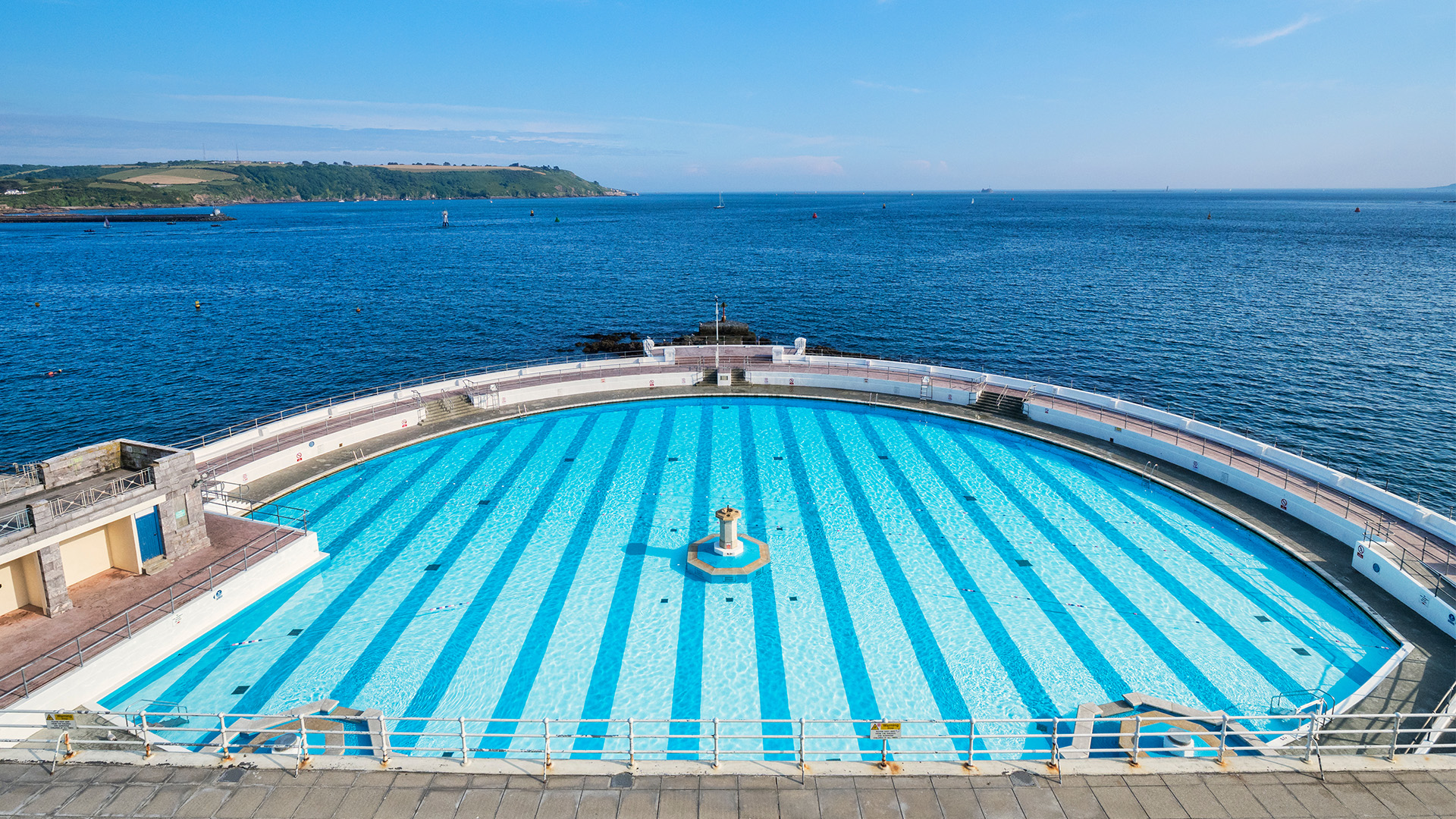
The Art Deco style Tinside Lido was one of the most striking lidos built in the 1930s. Having closed its doors in 1992, it underwent a major restoration in 2003 to modernise its facilities and bring visitors back to Plymouth Hoe.
The restoration paid close attention to the pool’s 1930s heyday with a £3.5m budget, including its semi-circle design inspired by the grand ocean liners of the time. It’s now a grade II listed building and also acts as a venue for cultural events such as film screenings and music concerts.
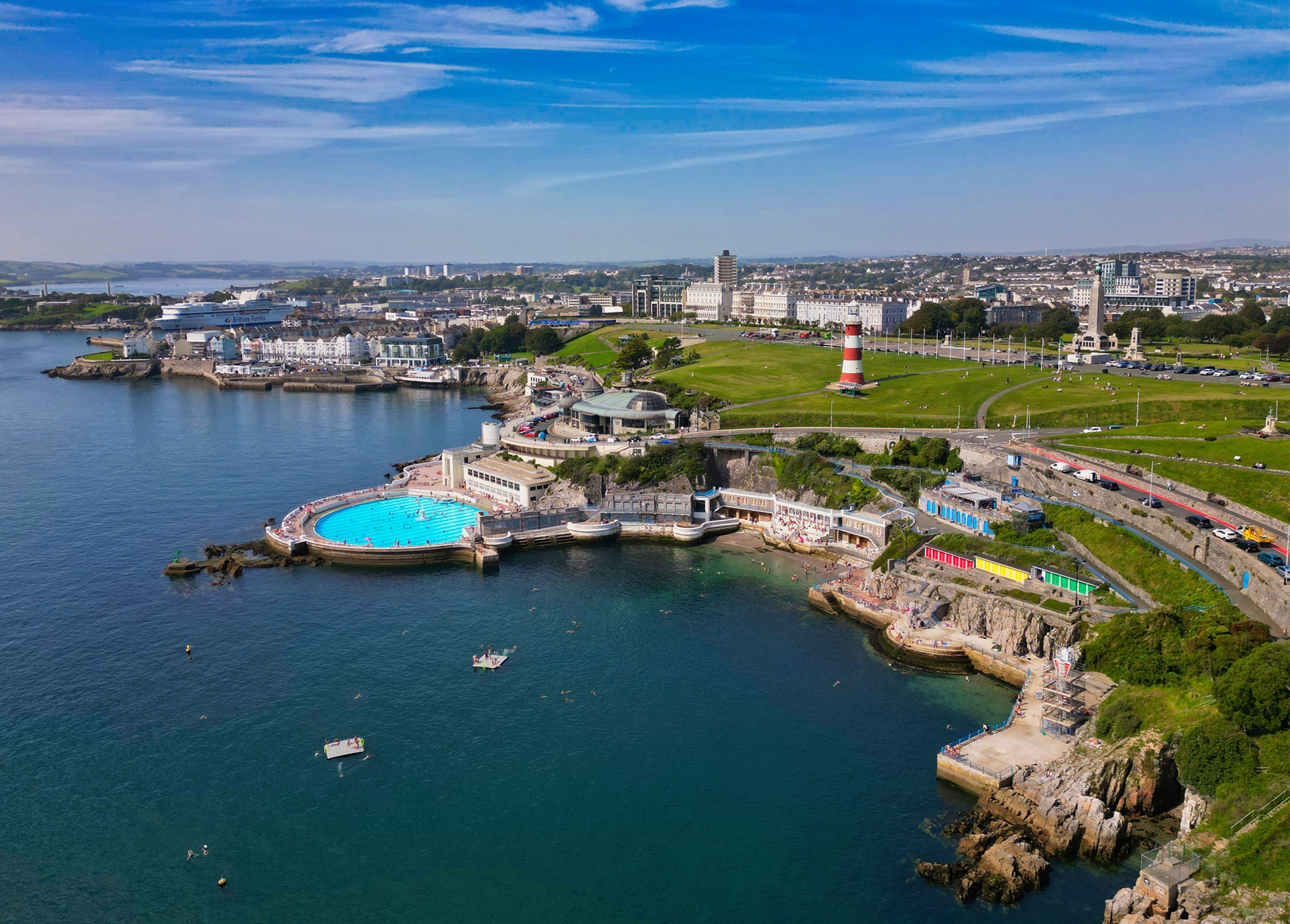
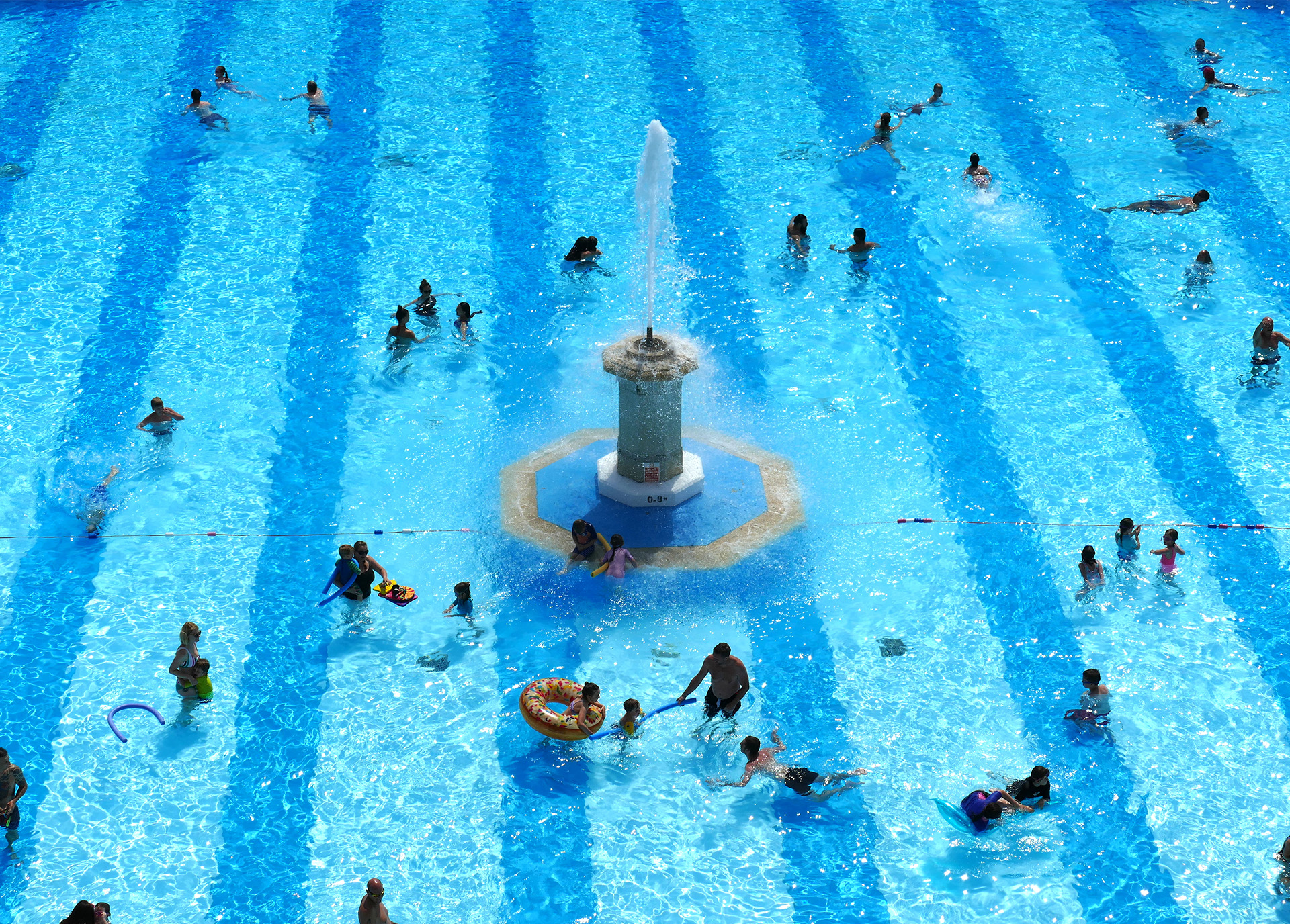
Hathersage, Peak District
First opened: 1936
Size: 30m x 12m
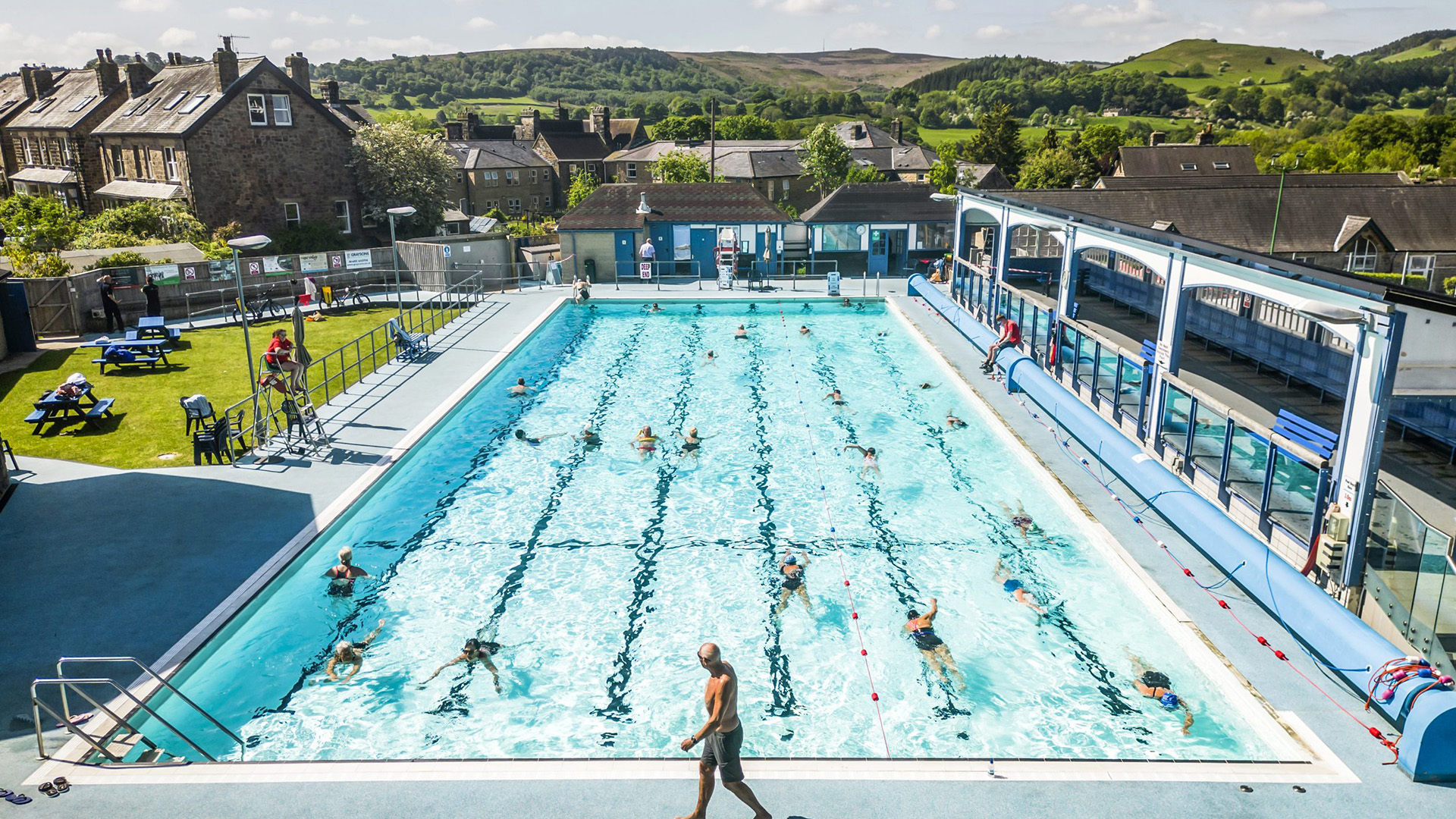
Hathersage is a village in the Peak District with a population of less than 2,000 people and a notable outdoor pool, run by the parish council. “It's the only [UK] lido outside London that's open year-round and fully heated,” says Aydon. “It was a real pioneer in the year-round opening.”
Hathersage Swimming Pool first opened in 1936, thanks to the generosity of local businessman George Lawrence, and the opening ceremony included a diving demonstration from the Sheffield City Police.
The pool was requisitioned by the government at the start of World War Two in 1939 but had been derequisitioned again by April 1940. It’s led a long and happy life since, despite the threat of closure rearing its head several times over the years because of financial difficulties.
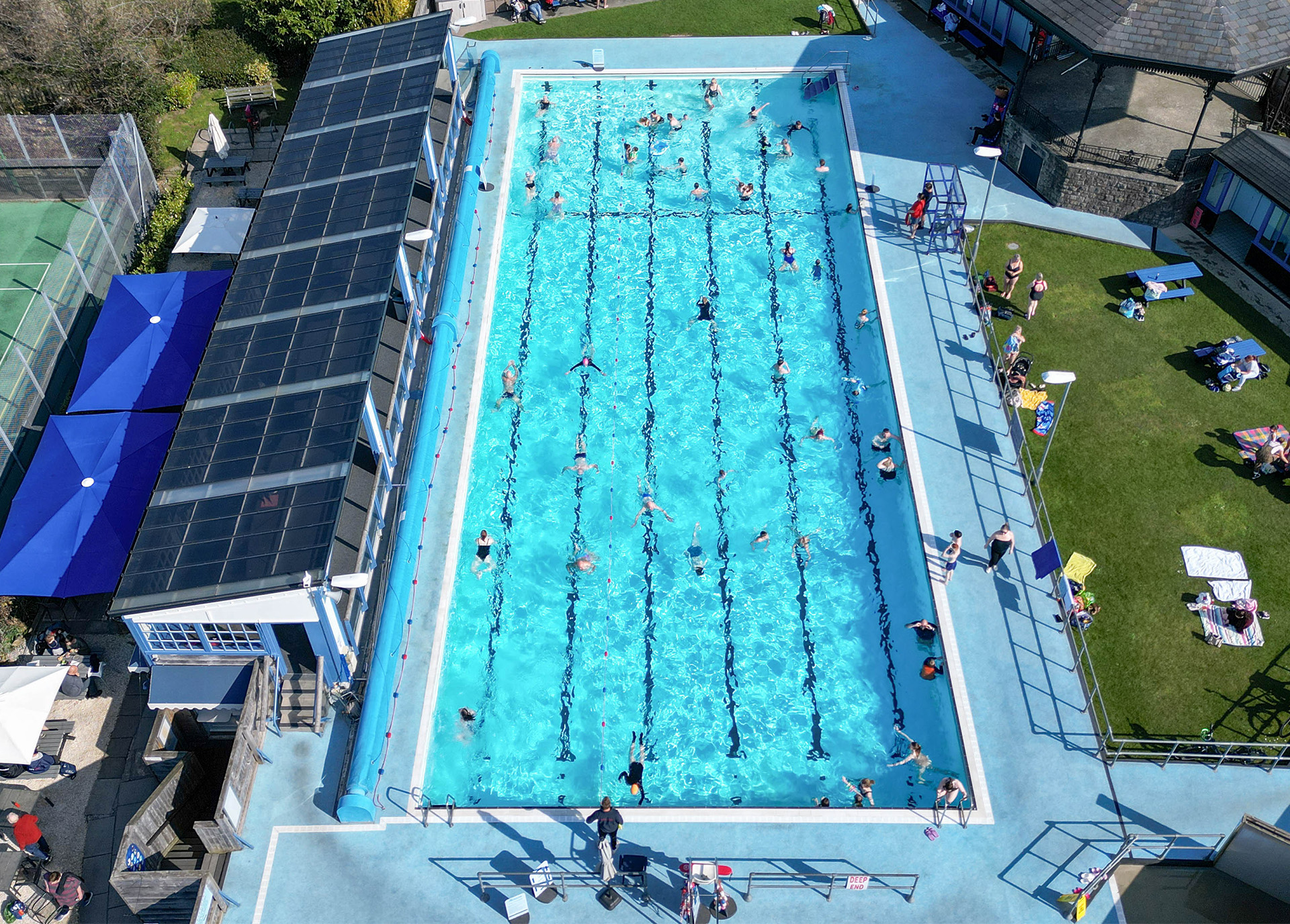
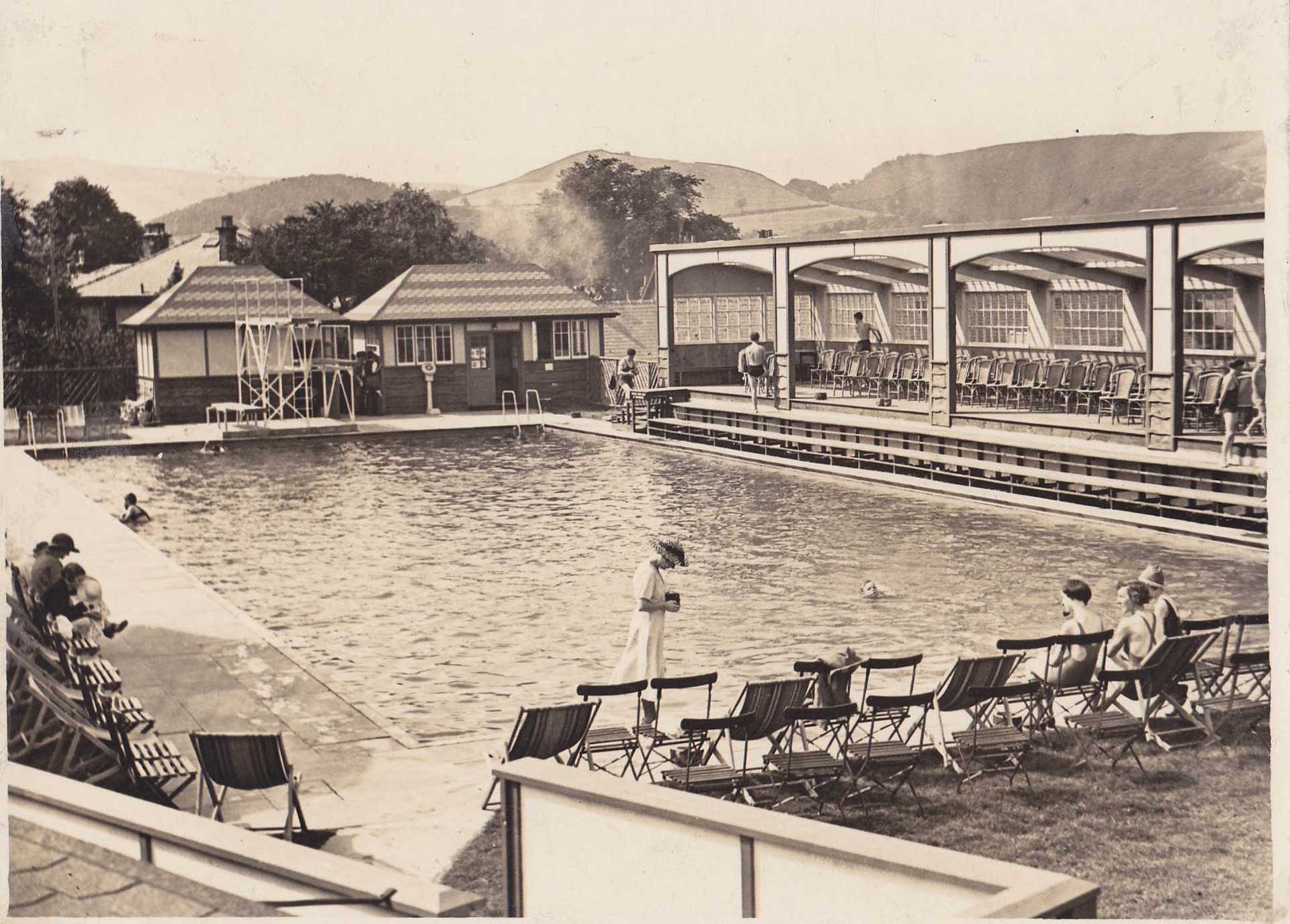
Hathersage pool in its early days. Photos courtesy of Hathersage Swimming Pool
Gourock Outdoor Pool, Scotland
First opened: 1909
Size: 33m x 15m
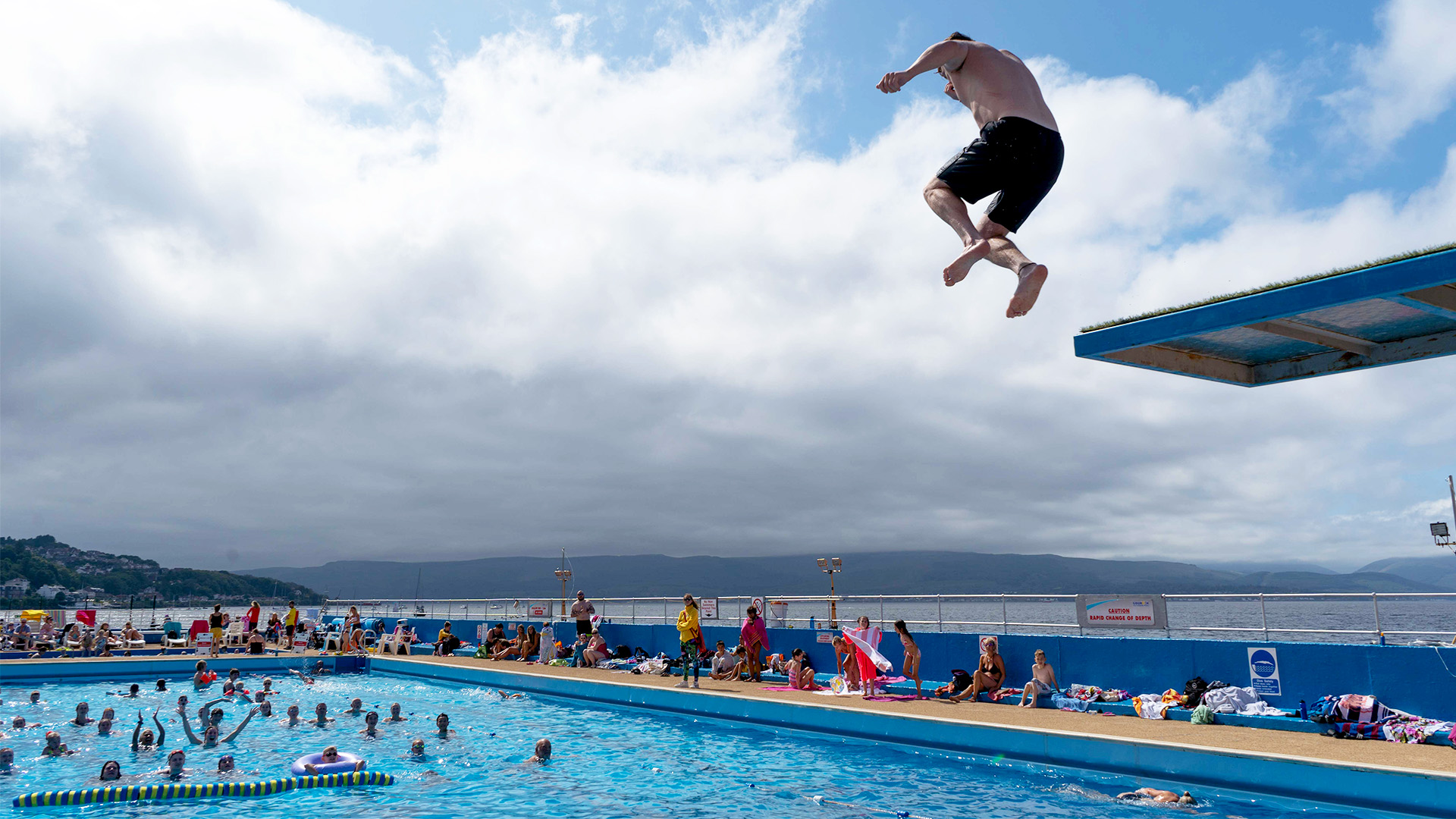
Scotland’s oldest heated swimming pool sits on the banks of the Clyde Estuary and found fame in 2023 when it featured on the album cover of Blur’s The Ballad of Darren. It has been a popular swimming spot for locals and visitors from across Scotland for more than 100 years.
It opens from the start of May to the end of September and holds regular late night ‘Starlight Swims’ in its saltwater pool from 10pm until midnight. Its heating system was installed in 1969 to attract a wider range of swimmers, and it also received a £1.8m upgrade in 2011.
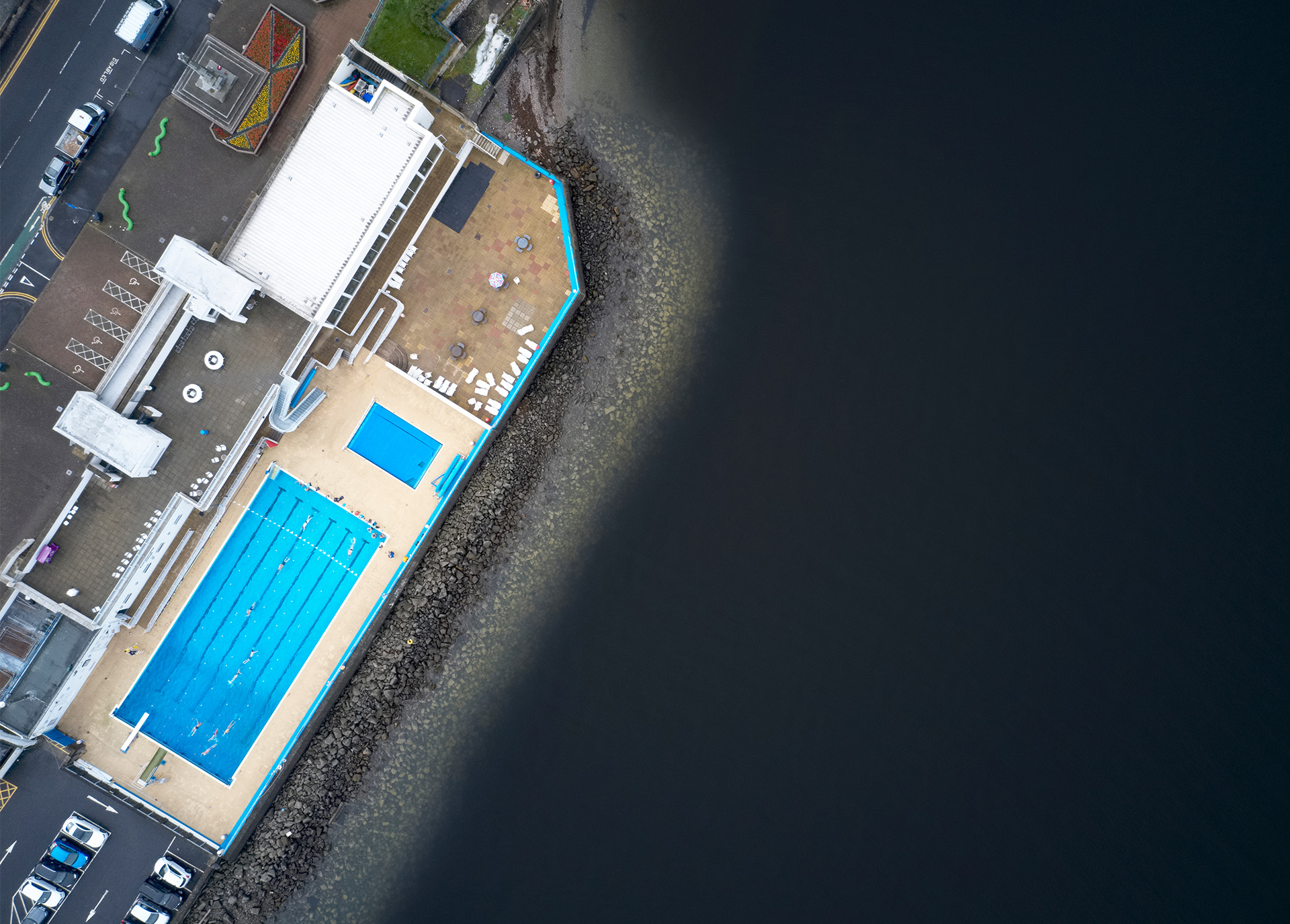
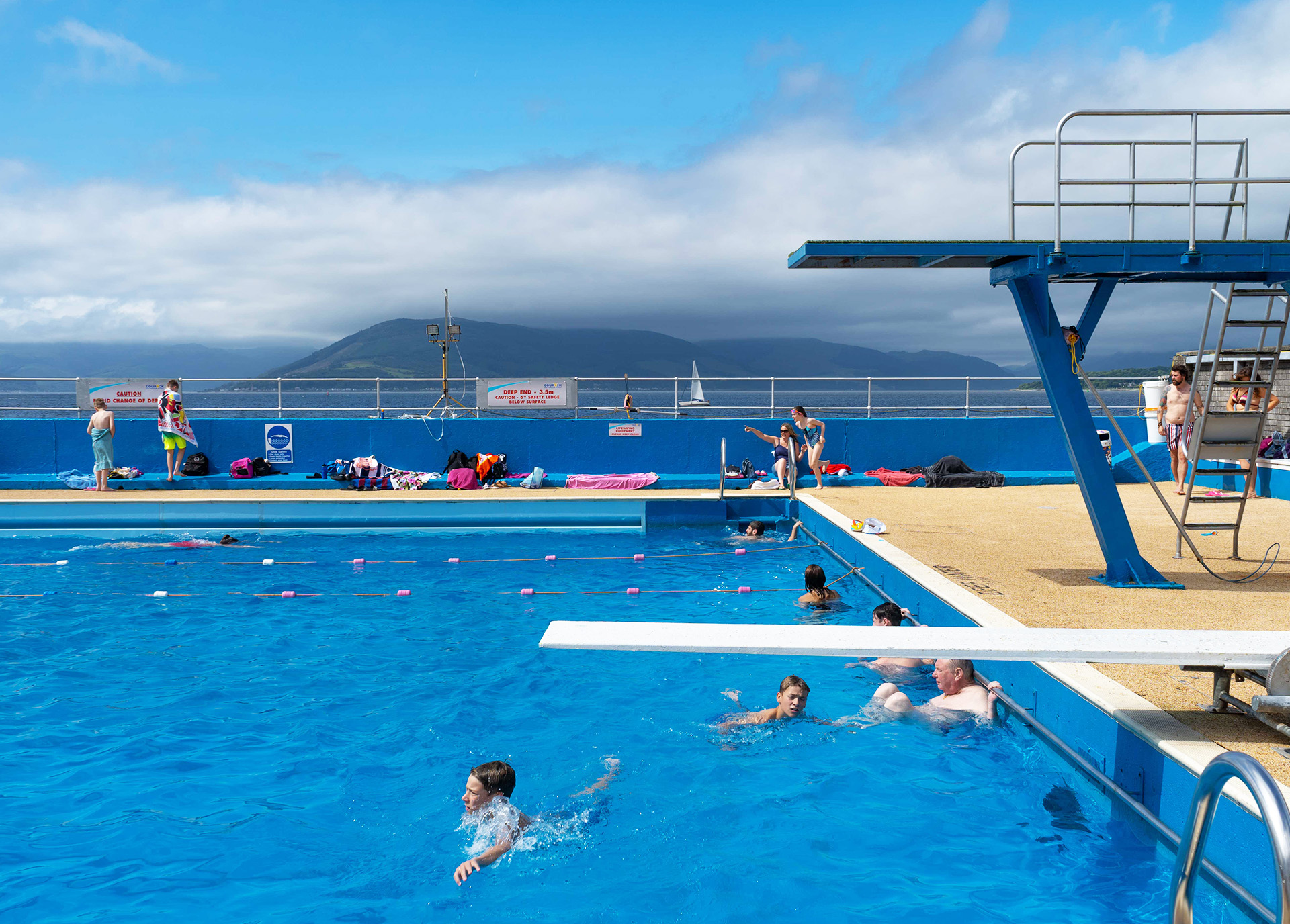
Brighton Sea Lanes
First opened: 2023
Size: 50m x 12m, six lanes
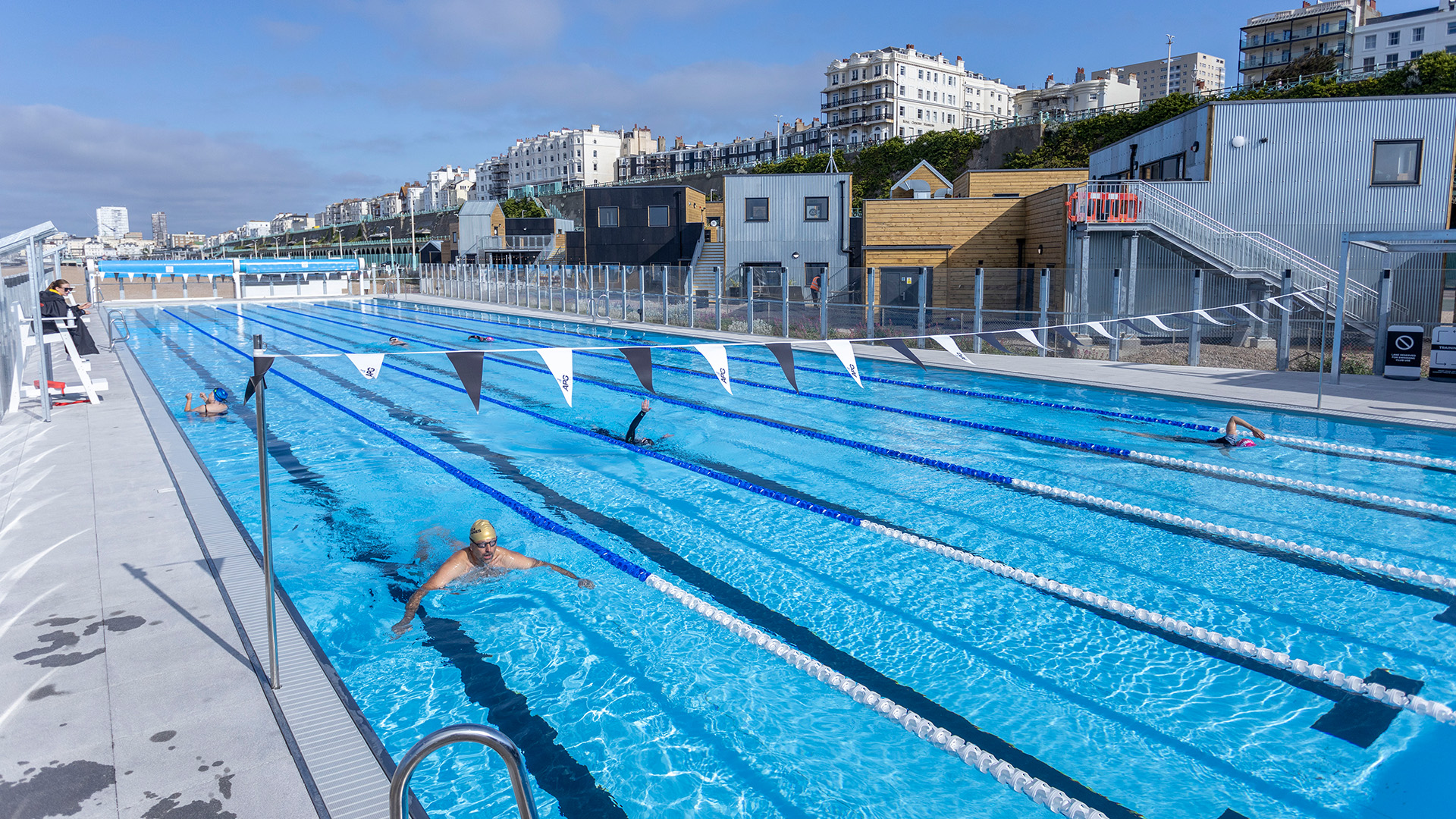
Photos courtesy of Sea Lanes
Brighton Sea Lanes was shortlisted for a 2024 RICS Award in the Community Benefit Project category. It was built right beside the sea and Robert Francis of MacConvilles was the site’s quantity surveying project manager. Instead of a vintage lido given a new lease of life, this one’s been purpose-built for Brighton’s 21st century swimmers and is privately funded.
“It's classed as an open water swim centre, which means it acts as an introduction to the sea,” says Francis. “It's not a 24oC heated pool, it's 19oC to help people get towards cold-water swimming.”
The site is complete with food and drink outlets, a yoga studio and small commercial units that they sublet, which contribute to the site’s income. Francis says they all play a part in the overall ‘wellness’ theme of Brighton Sea Lanes.
“They organise opportunities to come and contribute to the community, like local litter picking where you get a free coffee afterwards. They make the pool available to swim clubs and schools as well.”
Ponty Lido in Wales and Tooting Bec Lido in south London were among the early inspirations for Sea Lanes because of the challenges involved in heating a large outdoor pool. “Heat loss is critical when it comes to the operational expenditure,” says Francis. “We tried to map that and it was difficult because there are no other open-air Olympic-sized pools beside the beach on the south coast. As much as you try and use other examples, the information that we ended up having from them wasn’t that useful.
But they found a solution for heat loss in the end. “There's a thick Perspex fence that goes around the pool, which is partly for security reasons, but also because the wind whipping across the water makes it colder,” says Francis. “Outside temperature has a fairly minimal impact on the temperature of the pool, but having a fence around it dramatically improves the heat loss because of the wind protection.”
The pool also has disabled facilities with ramped access and a matting system which provides access to the beach for wheelchair users who would otherwise struggle on Brighton’s cobbles.
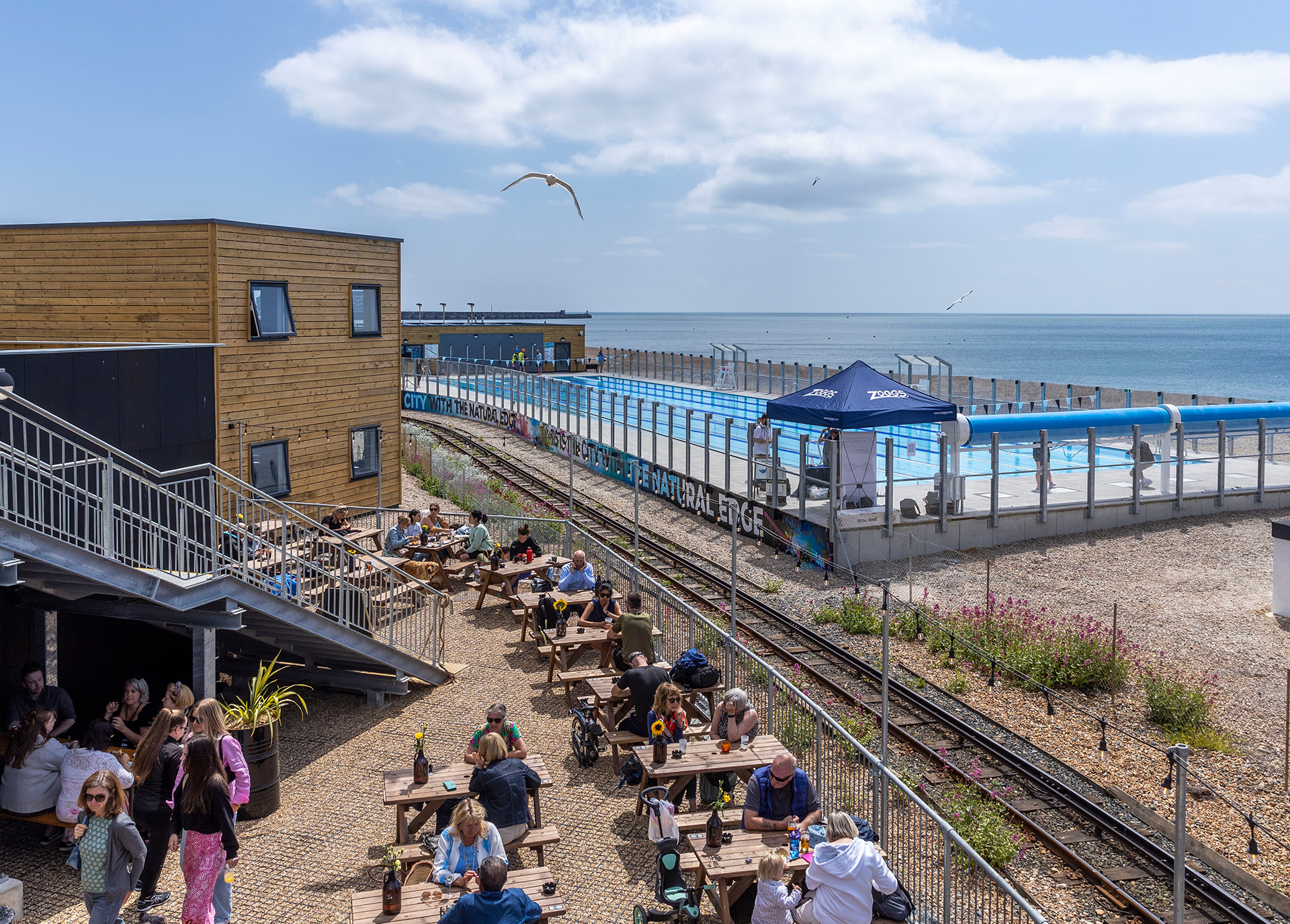
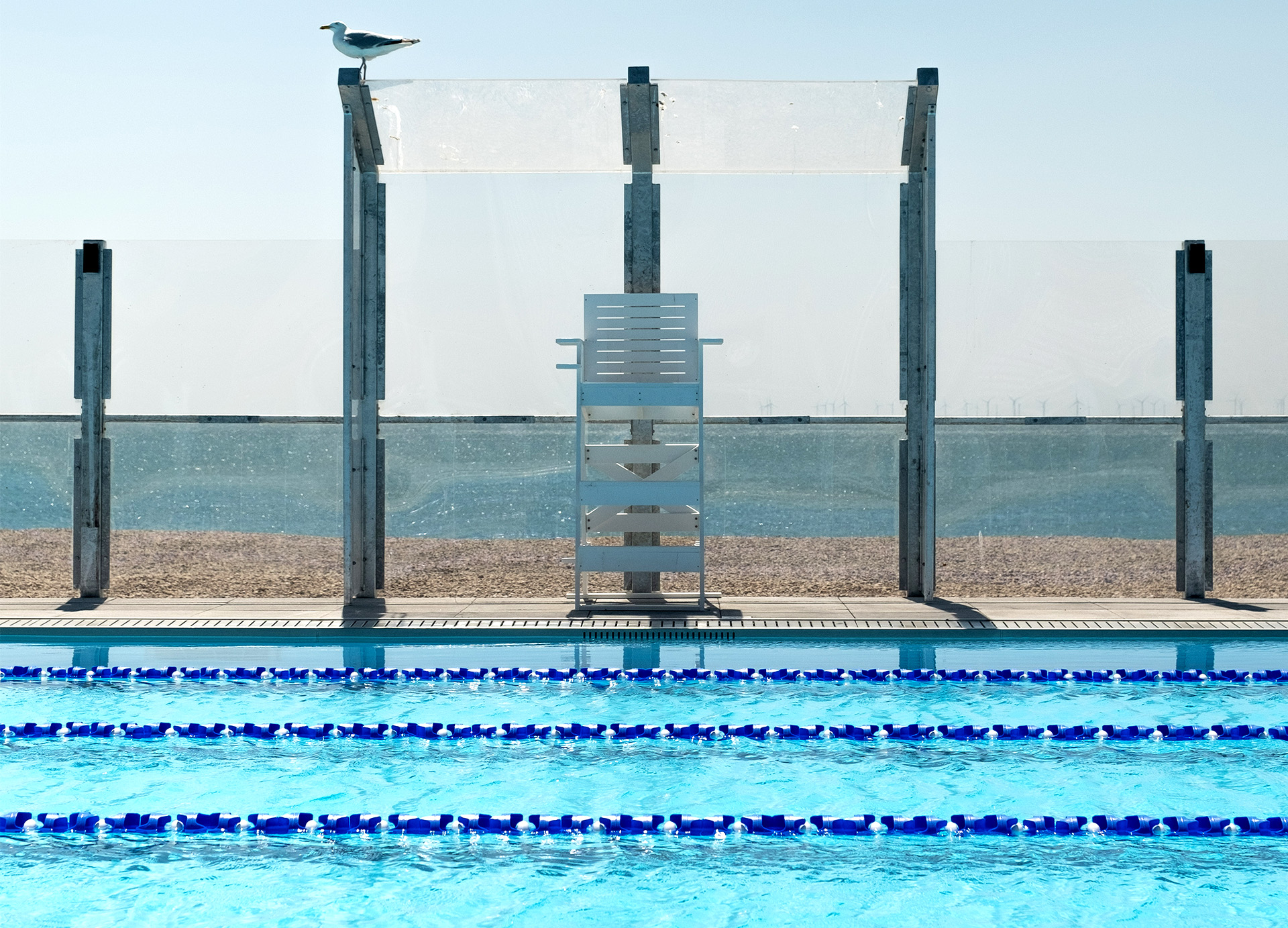
Brockwell Lido, London
First opened: 1937
Size: 50m x 25m
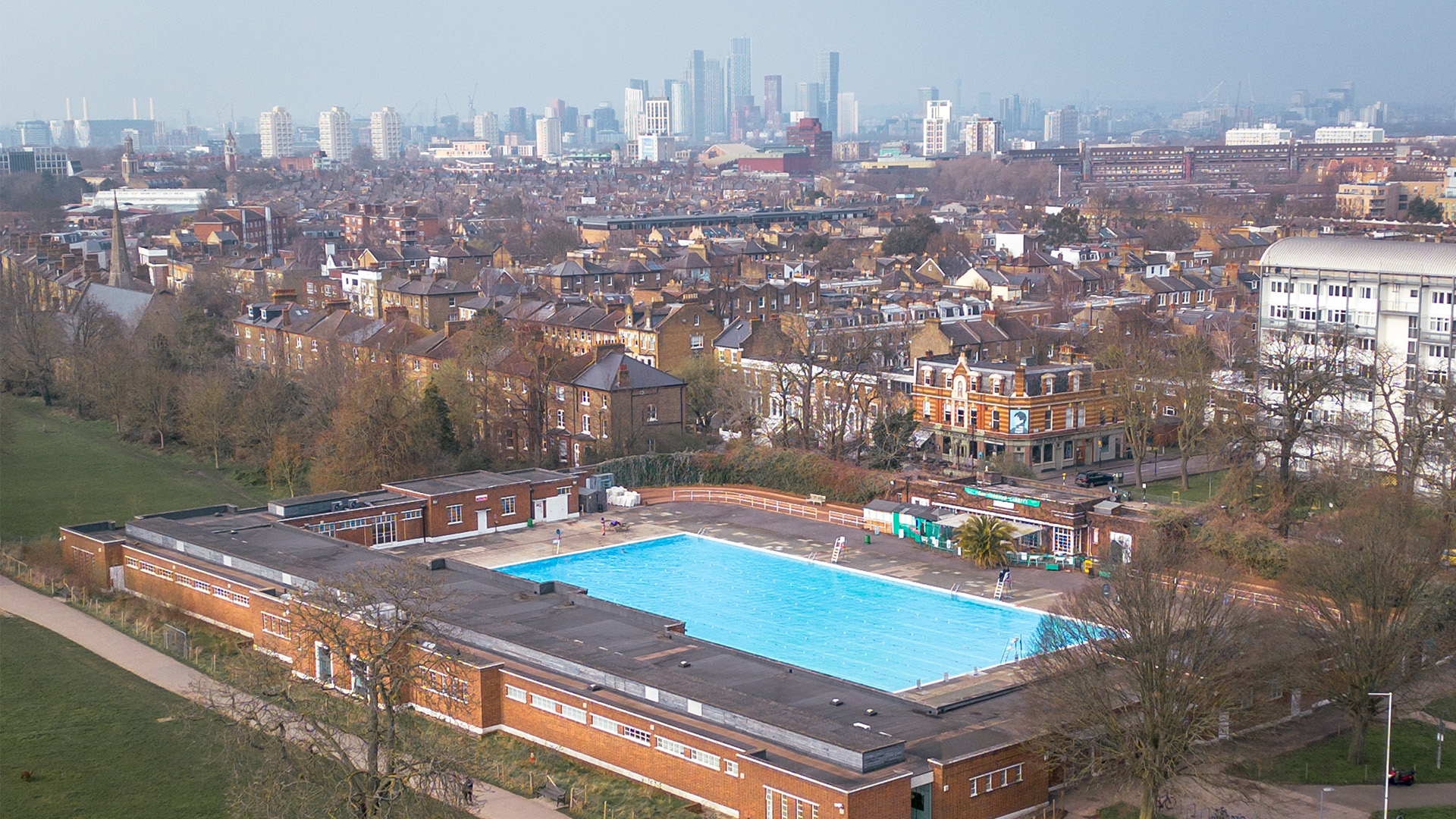
Another example from golden age of lidos, grade II listed Brockwell Lido was named the UK’s best outdoor pool by The AA this year – based on categories including entry fees, Google review scores and average temperature.
Originally designed in the Moderne style, it replaced a local bathing pond. It closed in 1990 because of funding cuts by Lambeth Council, but reopened in 1994 when two former council employees won the tender for its management.
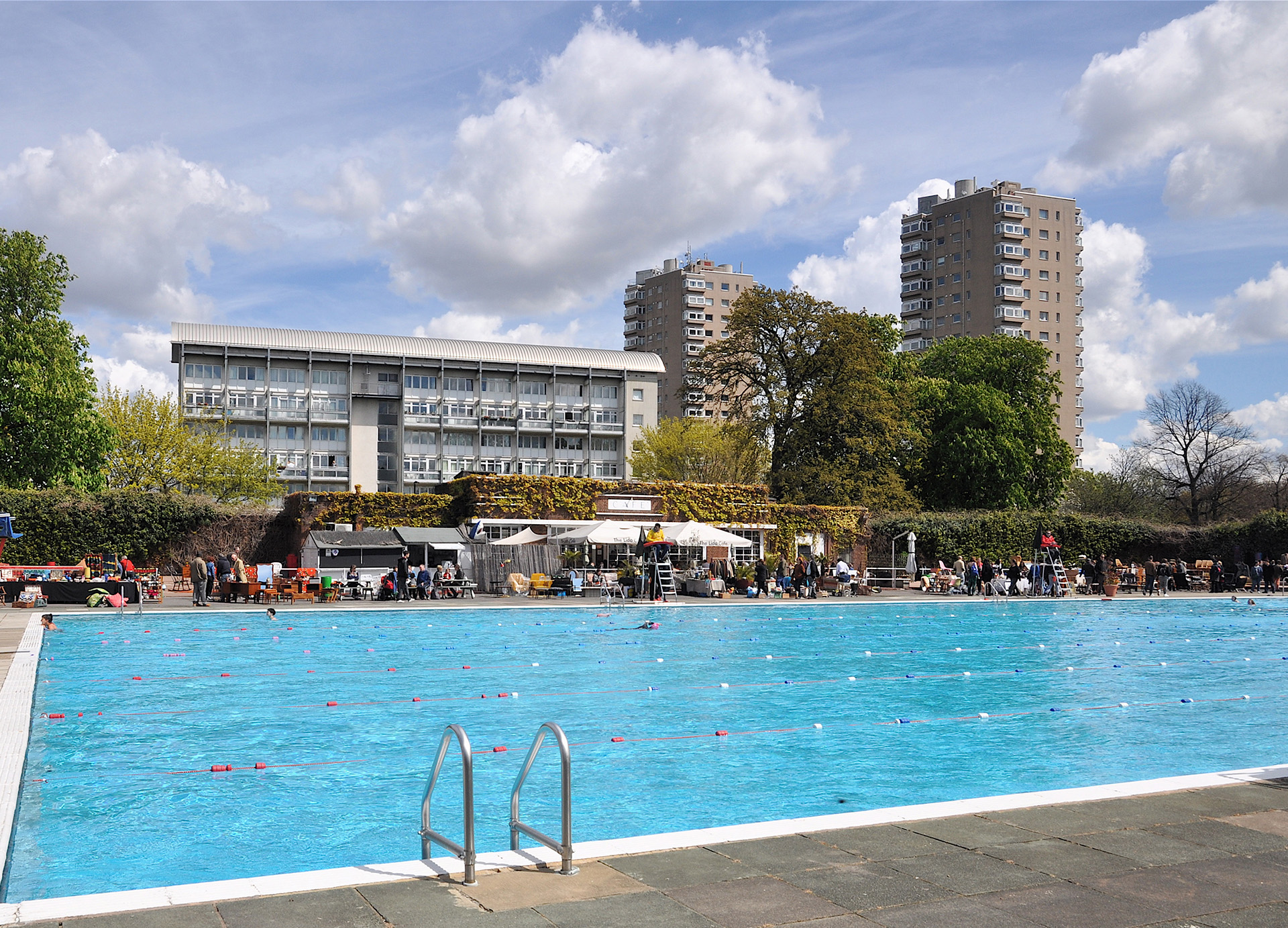
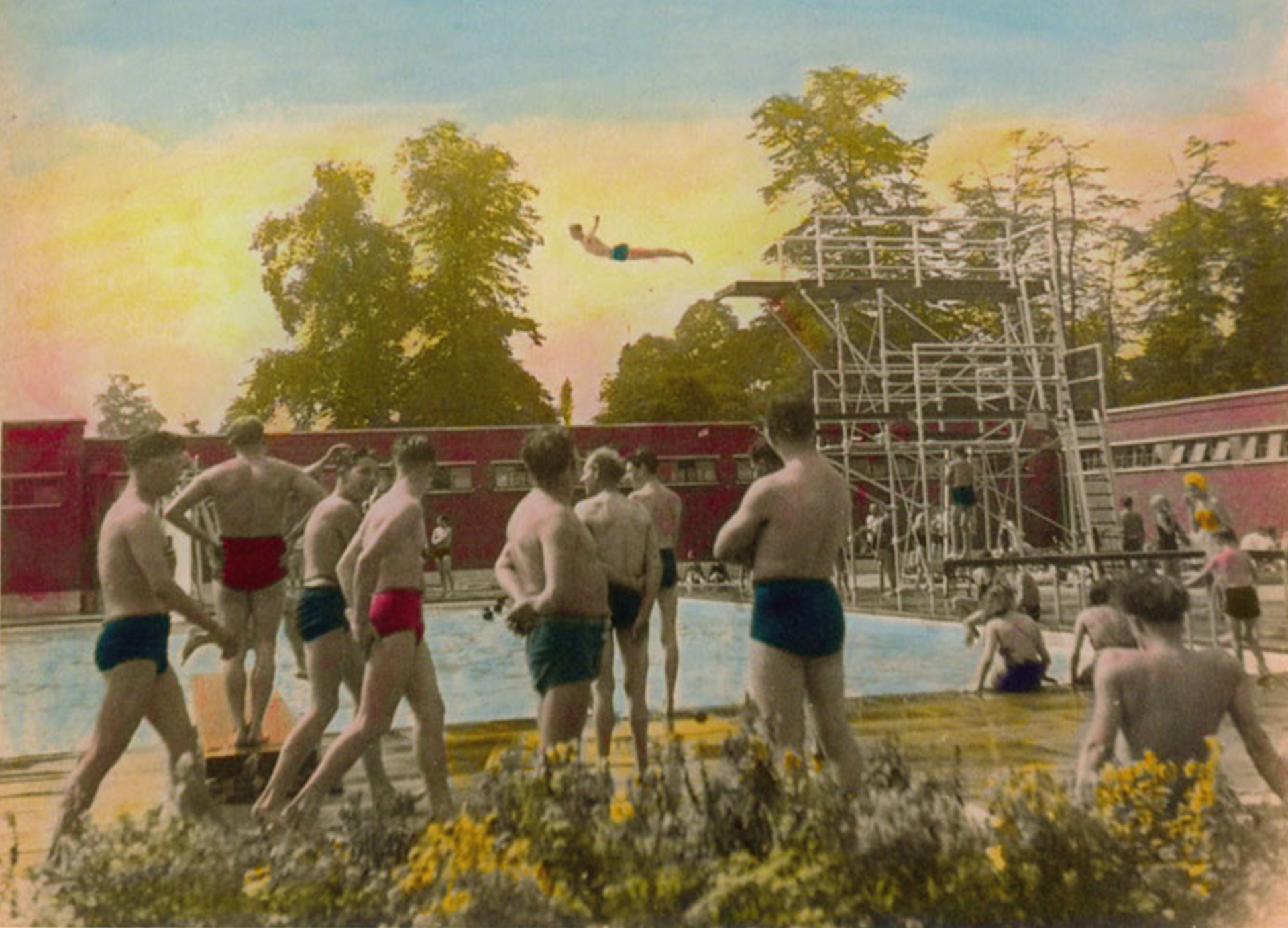
Colourised photo of the lido 1938
Lido Ponty, Pontypridd, Wales
First opened: 1927
Size: 25m
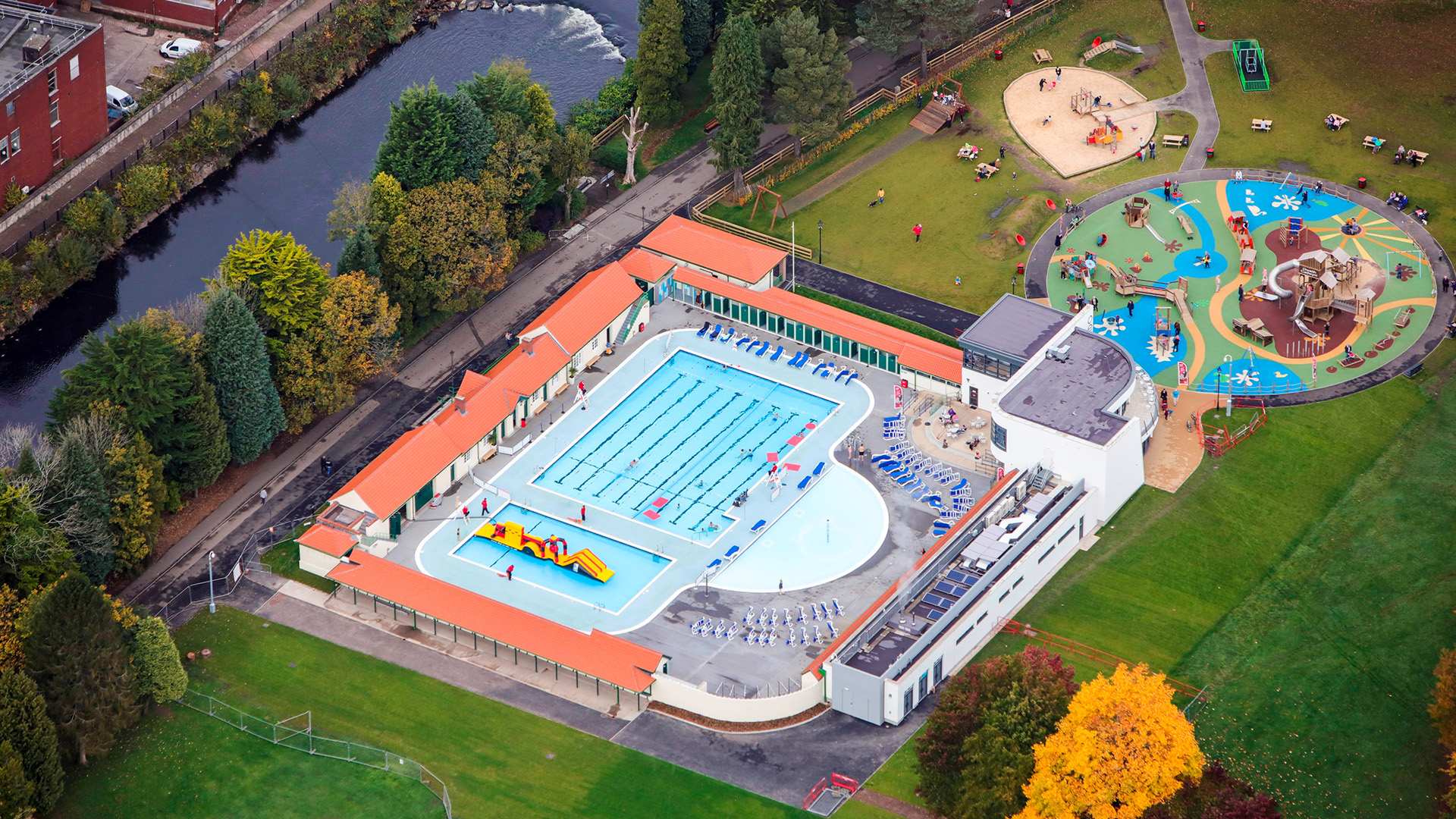
The National Lido of Wales is also the only lido in Wales and has retained many of its original Art Deco features. The country once boasted 57 outdoor pools but now Lido Ponty stands alone after it reopened in 2015 (having closed in 1991), following a £6.3m revamp.
Outdoor pools have long been recognised as valuable community assets and Lido Ponty is no different. Construction of the pool in 1927 was paid for by the Miners’ Welfare Fund, when the local miners contributed a proportion of their wages into a communal fund.
There is no coalminer’s son more famous than Welsh pop icon Tom Jones, and it was not unusual to see him swimming here when he was a young man growing up in nearby Treforest.
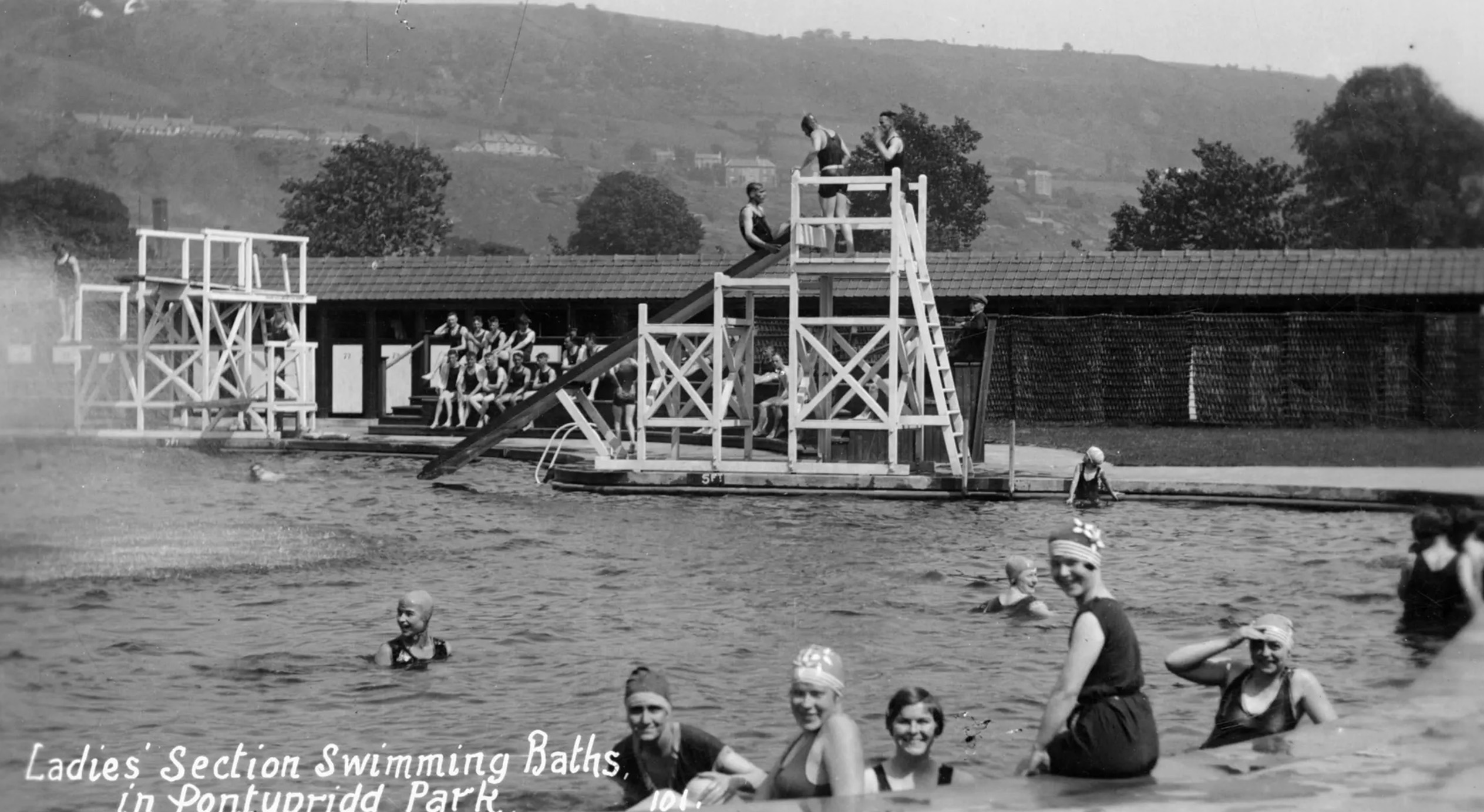
Women swimming in the lido at Ynysangharad Park, Pontypridd, C1933


